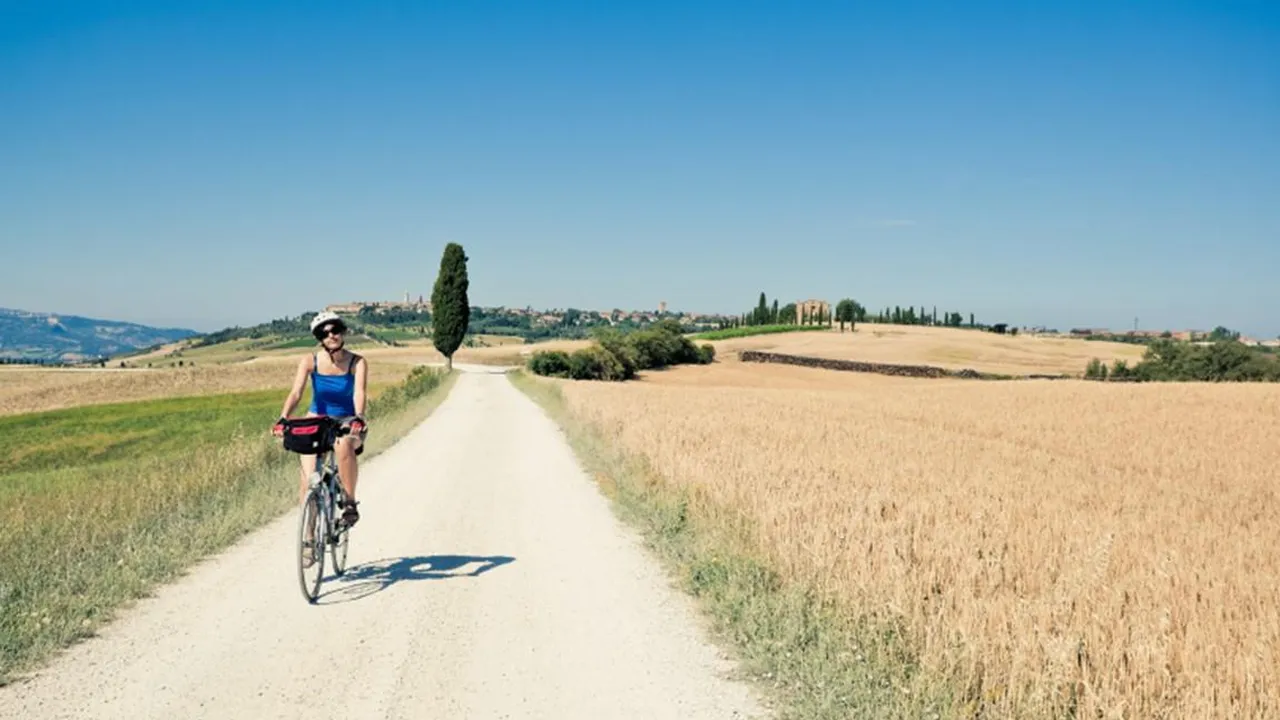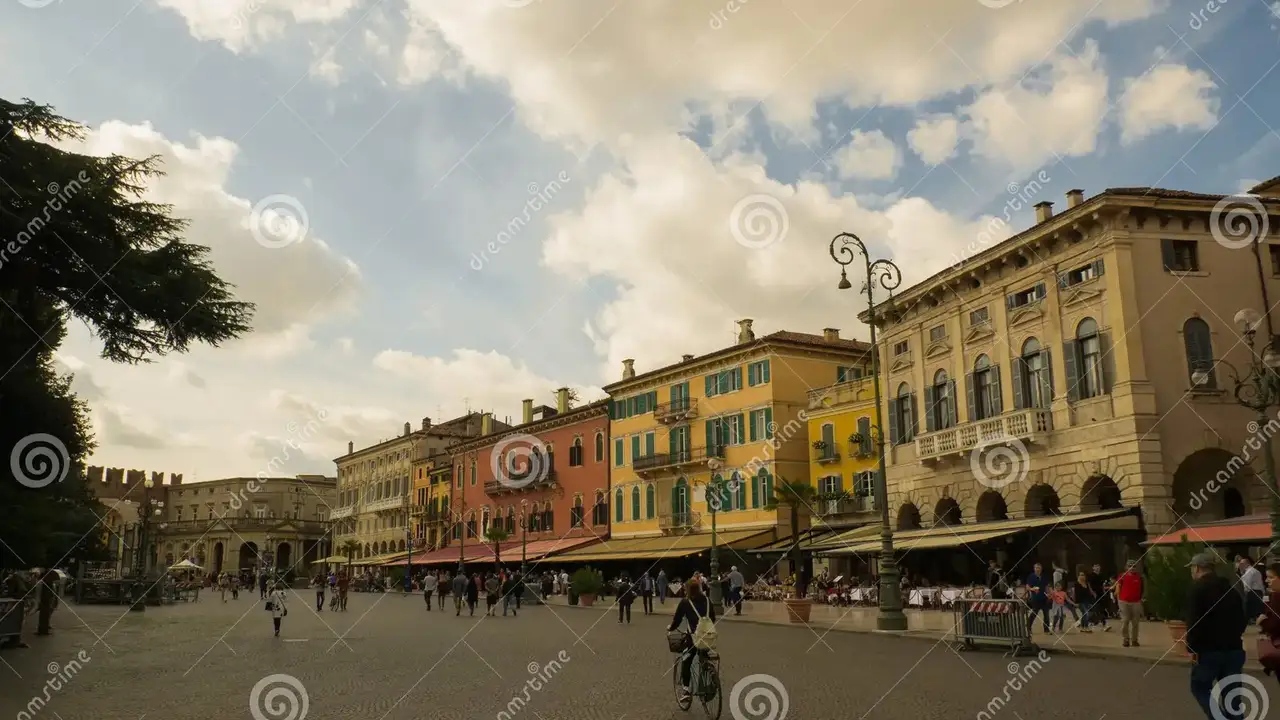10 Essential Tips for First-Time Italy Travelers
Planning your first trip to Italy? Avoid common mistakes with these 10 essential tips. Learn about transportation, accommodation, and local customs. Make your Italian adventure unforgettable and stress-free.

Planning Your Dream Italy Vacation First Time Tips
So, you're finally heading to Italy! That’s awesome! But before you start dreaming of gondola rides and pasta feasts, let's talk about making sure your first trip to Italy is smooth sailing. I've been there, done that, and learned a few things the hard way. Here are 10 essential tips to help you avoid common pitfalls and have an unforgettable adventure. Think of this as your "Italy 101" crash course.
Tip 1 Research and Plan Ahead Italy Travel Planning
Seriously, don't wing it completely. Italy is packed with amazing things to see and do, and you don't want to waste precious vacation time figuring things out on the fly. Start by identifying your must-see destinations. Rome, Florence, Venice? Great! But also consider smaller towns and regions. Tuscany, the Amalfi Coast, Cinque Terre – they are all stunning. Once you have a rough itinerary, book your flights and accommodation in advance, especially if you're traveling during peak season (summer, holidays). Things book up fast! And trust me, you don't want to be stuck paying exorbitant prices or staying in a less-than-desirable location.
Product Recommendation: Consider using a travel planning app like TripIt Pro (around $49/year). It helps you organize all your bookings, flights, and itineraries in one place. It also sends you real-time flight alerts and helps you find alternative flights if there are delays. This is especially helpful in Italy, where train schedules can sometimes be unpredictable.
Tip 2 Understanding Italian Transportation Train Travel Tips
Italy has a pretty good transportation system, but it's not always the most straightforward. Trains are generally the most efficient way to travel between major cities. Trenitalia is the main train operator. Book your tickets online in advance for the best prices, especially for high-speed trains like the Frecciarossa. Regional trains are cheaper but slower. For getting around within cities, public transportation (buses, trams, metros) is usually reliable. Consider purchasing a travel pass if you plan to use public transport frequently. Driving in Italy can be challenging, especially in cities. Parking can be a nightmare, and traffic laws can be confusing. If you do decide to rent a car, make sure you have an international driving permit and are comfortable driving a manual transmission (most cars in Italy are manual).
Product Comparison: For train travel, compare Trenitalia and Italo Treno (a private high-speed train operator). Italo often offers competitive pricing and a more modern experience. Check both websites for schedules and prices.
Tip 3 Accommodation Options Hotels vs Airbnb in Italy
Italy offers a wide range of accommodation options, from budget-friendly hostels to luxurious hotels. Hotels are a good option if you want convenience and amenities like daily cleaning and on-site restaurants. Airbnb can be a great option for longer stays or if you're traveling with a group. You can often find apartments with kitchens, which can help you save money on food. Agriturismi (farm stays) are a unique option in the countryside, offering a chance to experience rural Italian life. Consider the location of your accommodation carefully. Staying near public transportation or in a central location can save you a lot of time and hassle.
Product Recommendation: For finding the best hotel deals, use websites like Booking.com or Expedia. They allow you to compare prices from different hotels and read reviews from other travelers. For Airbnb, pay close attention to the host's reviews and the apartment's location.
Tip 4 Mastering the Art of Italian Dining Food and Drink Tips
Eating in Italy is an experience in itself! But there are a few things you should know to avoid tourist traps and enjoy authentic Italian cuisine. First, avoid restaurants with overly aggressive touts outside. These are often tourist traps with overpriced and mediocre food. Look for restaurants that are popular with locals. Check online reviews or ask your hotel for recommendations. Second, understand the Italian meal structure. A typical Italian meal consists of antipasto (appetizer), primo (first course, usually pasta or risotto), secondo (second course, usually meat or fish), contorno (side dish), and dolce (dessert). You don't have to order all the courses, but it's good to be aware of them. Third, be prepared to pay a "coperto" (cover charge) at some restaurants. This is a small fee per person that covers the cost of bread and table service. Fourth, tipping is not expected in Italy, but it's always appreciated for good service. Finally, learn a few basic Italian phrases to order food and ask for the bill. "Vorrei..." (I would like...) and "Il conto, per favore" (The bill, please) will go a long way.
Product Recommendation: Consider downloading a translation app like Google Translate. It can help you decipher Italian menus and communicate with waiters. It's especially helpful if you have dietary restrictions or allergies.
Tip 5 Navigating Local Customs and Etiquette Italy Travel Guide
Respecting local customs and etiquette is essential for a positive travel experience. It shows that you appreciate the local culture and are not just another tourist. Here are a few things to keep in mind. Dress modestly when visiting churches and religious sites. Cover your shoulders and knees. Learn a few basic Italian greetings, like "Buongiorno" (Good morning/Good day) and "Buonasera" (Good evening). It's considered polite to greet people when entering a shop or restaurant. Be aware of noise levels, especially in residential areas. Italians value their peace and quiet. Avoid loud conversations and music, especially late at night. Don't be afraid to ask for help. Italians are generally friendly and helpful, and they appreciate it when you try to speak their language.
Tip 6 Staying Connected Internet and Phone Access in Italy
Staying connected is important, whether it's for navigating, communicating with family and friends, or sharing your travel experiences on social media. There are a few options for internet and phone access in Italy. You can purchase a local SIM card from a mobile carrier like Vodafone or TIM. This is usually the cheapest option for longer stays. You can also use your existing phone plan, but be aware of international roaming charges. Many hotels and cafes offer free Wi-Fi, but the quality can vary. Consider purchasing a portable Wi-Fi hotspot if you need reliable internet access on the go.
Product Comparison: Compare the prices and data allowances of different local SIM card providers. Vodafone and TIM are generally considered to be the best options. Also, check if your current mobile carrier offers international data packages.
Tip 7 Money Matters Currency Exchange and Payment Methods in Italy
The currency in Italy is the Euro (€). It's a good idea to have some Euros on hand when you arrive, but you don't need to exchange a large amount of money. Credit cards are widely accepted in Italy, especially in major cities. However, some smaller shops and restaurants may only accept cash. It's always a good idea to carry some cash with you. ATMs are readily available in most cities and towns. Be aware of ATM fees and currency exchange rates. Notify your bank before you travel to Italy so they don't block your credit card for suspicious activity.
Product Recommendation: Consider using a credit card with no foreign transaction fees. These cards can save you a significant amount of money on purchases made in Italy. Also, check the exchange rate before you withdraw money from an ATM.
Tip 8 Safety and Security Common Scams and How to Avoid Them
Italy is generally a safe country, but petty crime is common, especially in tourist areas. Be aware of your surroundings and take precautions to protect your belongings. Keep your valuables out of sight and be wary of pickpockets. Avoid walking alone in poorly lit areas at night. Be aware of common scams, such as taxi drivers overcharging tourists or people offering to "help" you with your luggage and then demanding payment. If someone approaches you and makes you feel uncomfortable, simply walk away. Keep a copy of your passport and other important documents in a safe place. In case of emergency, dial 112 for police, ambulance, or fire department.
Tip 9 Packing Essentials What to Bring to Italy
Packing for Italy depends on the time of year and the regions you plan to visit. In general, pack comfortable walking shoes, as you'll be doing a lot of walking. Dress in layers, as the weather can change quickly. Bring a light jacket or sweater, even in summer. Pack a universal travel adapter for your electronic devices. Bring a reusable water bottle to stay hydrated. Don't forget sunscreen, sunglasses, and a hat, especially if you're traveling in summer. A small first-aid kit is also a good idea. Finally, leave some room in your suitcase for souvenirs!
Product Recommendation: Consider purchasing a comfortable and lightweight travel backpack like the Osprey Farpoint 40 (around $160). It's perfect for carrying your essentials and can be used as a carry-on bag.
Tip 10 Embrace the Unexpected and Enjoy the Experience Italy Travel Tips
Things don't always go according to plan when you're traveling. Trains get delayed, restaurants get fully booked, and sometimes you just get lost. Don't let these minor setbacks ruin your trip. Embrace the unexpected and be open to new experiences. Talk to locals, try new foods, and explore hidden gems. Most importantly, relax and enjoy the moment. Italy is a beautiful and fascinating country, and you're sure to have an unforgettable adventure.
:max_bytes(150000):strip_icc()/277019-baked-pork-chops-with-cream-of-mushroom-soup-DDMFS-beauty-4x3-BG-7505-5762b731cf30447d9cbbbbbf387beafa.jpg)






